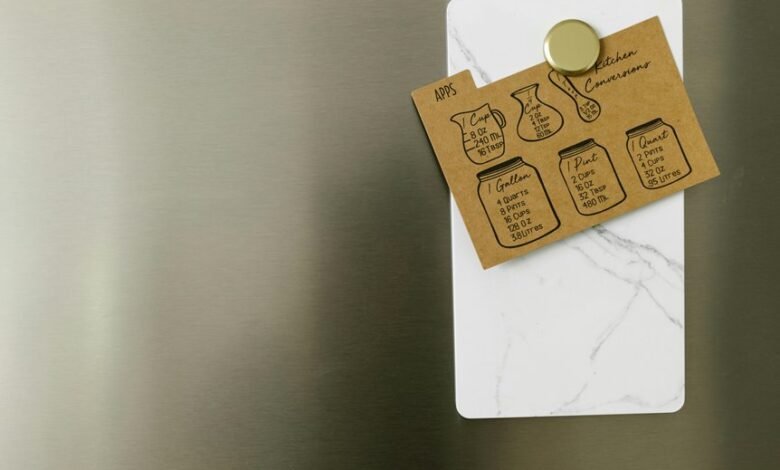9 Celsius to Fahrenheit: Simple Temperature Conversion Guide

The conversion of 9 degrees Celsius to Fahrenheit exemplifies the practical application of temperature scales. Using a clear formula, this transformation is not only straightforward but also vital in various domains. Understanding this process can enhance one’s grasp of temperature effects in everyday situations. As temperatures fluctuate, knowing how to convert between these scales becomes increasingly relevant. What implications does this have for daily life and professional practices?
Understanding the Celsius and Fahrenheit Scales
The Celsius and Fahrenheit scales represent two distinct systems for measuring temperature, each with its own historical context and application.
Celsius history traces back to the 18th century, developed by Anders Celsius, while Fahrenheit origin dates to the early 18th century, established by Daniel Gabriel Fahrenheit.
These scales reflect differing scientific approaches to temperature measurement, influencing global standards and everyday applications in various regions.
The Conversion Formula
Accurate temperature conversion between Celsius and Fahrenheit is essential for various scientific, culinary, and everyday applications.
The primary conversion formula utilized is F = (C × 9/5) + 32, where F represents Fahrenheit and C denotes Celsius.
Understanding this formula enables individuals to effortlessly switch between temperature scales, enhancing their grasp of diverse conversion methods and facilitating communication across different contexts.
Step-by-Step Conversion of 9 Degrees Celsius
To convert 9 degrees Celsius to Fahrenheit, one must follow a systematic approach using the established formula.
First, multiply 9 by 1.8, yielding 16.2. Next, add 32, resulting in 48.2 degrees Fahrenheit.
This conversion facilitates effective temperature comparison, crucial for understanding climate impact and making informed decisions in various contexts, including weather forecasting and climate studies.
Practical Applications of Temperature Conversion
Understanding temperature conversion extends beyond mere computations; it plays a significant role in various practical applications.
In industries such as food safety and pharmaceuticals, temperature sensitivity is critical, as improper conversions can lead to spoilage or ineffective medications.
Additionally, meteorology relies on accurate temperature readings for weather forecasting, showcasing the real world applications of precise temperature conversion in ensuring safety and effectiveness.
Conclusion
In conclusion, the conversion from 9 degrees Celsius to Fahrenheit exemplifies the simplicity of mathematical transformations in temperature measurement. While Celsius serves as a standard in scientific contexts, Fahrenheit remains prevalent in everyday American life. This juxtaposition highlights the necessity for a common understanding across scales, as accurate temperature communication is vital in cooking, weather forecasting, and health sectors. Ultimately, grasping these conversions not only empowers individuals but also fosters informed decision-making in diverse environments.




